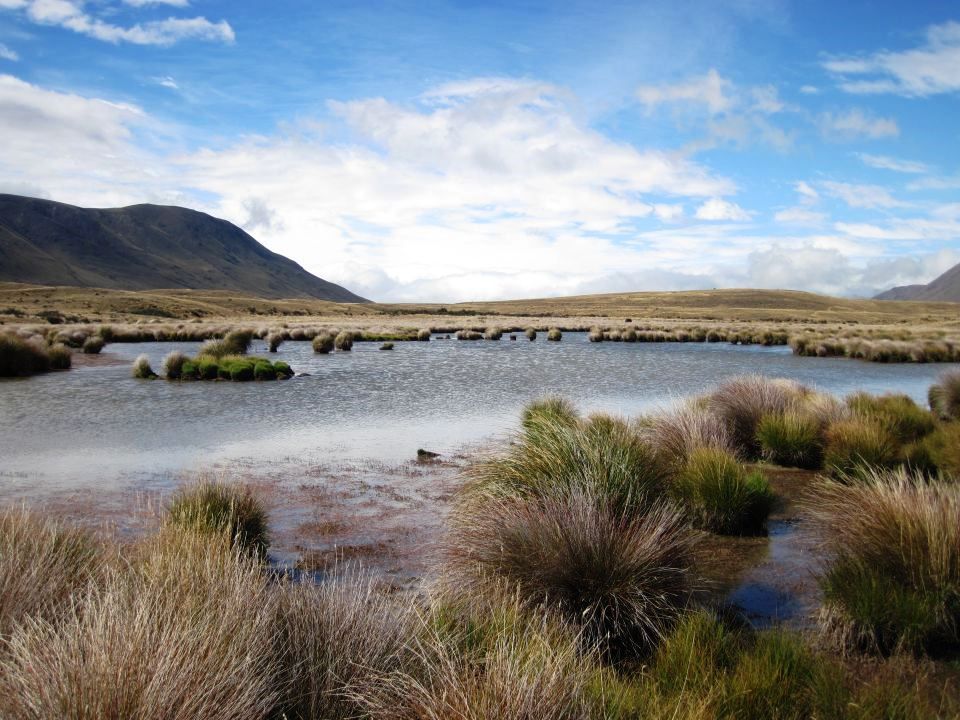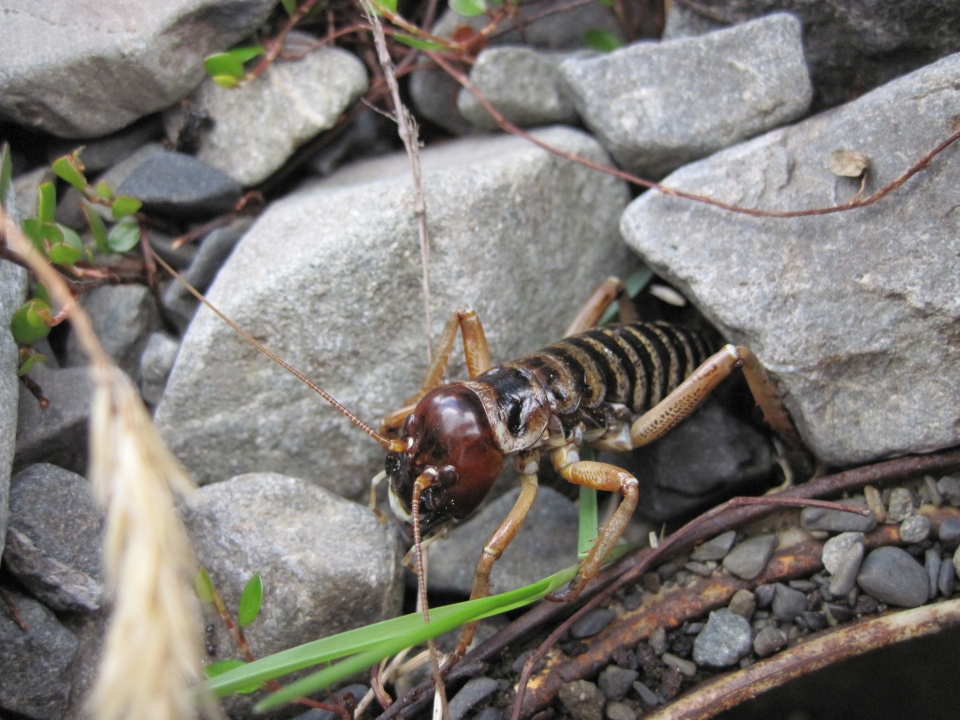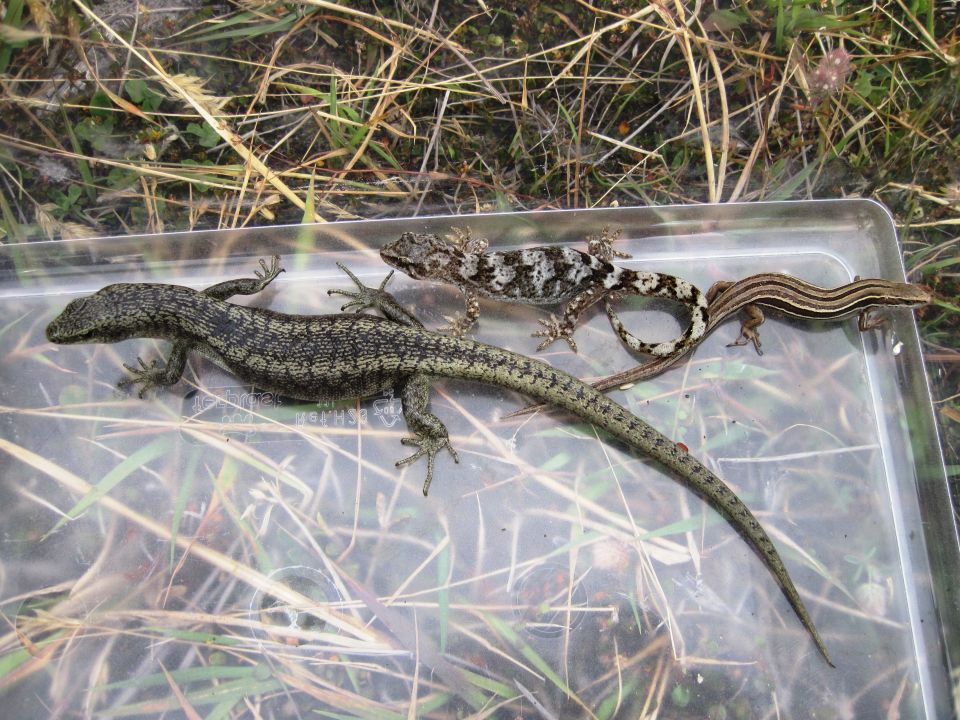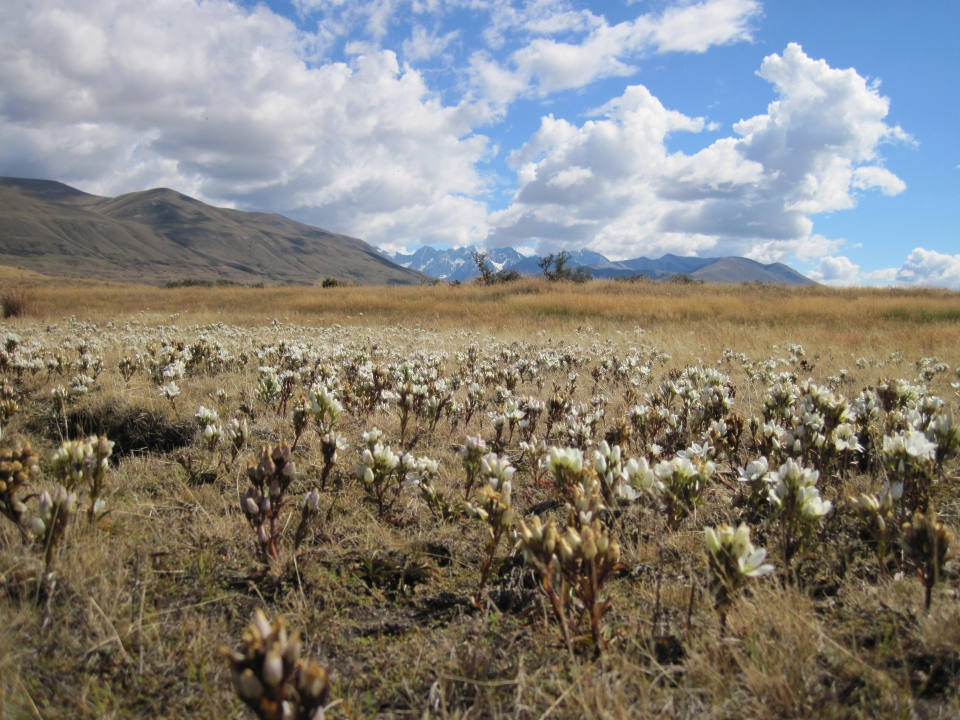Biodiversity is short for biological diversity. It is the number and variety of living things found within a certain area.
Native or endemic?
New Zealand has many endemic species – species that are unique to a place and not found anywhere else in the world. This is not the same as being ‘native’.
A species is native if it is naturally found in a location, but it may be found in more than one country. For example, the pūkeko is a native species in New Zealand, Europe, India and Asia, but the kākā is endemic to New Zealand. The mānuka shrub is native to both New Zealand and Australia, but the pōhutukawa is endemic to New Zealand.
What causes biodiversity?
Biodiversity is the result of different plants and animals living in different conditions. These different species all have different roles within an ecosystem. An ecosystem is made up of living things like animals, plants, fungi and bacteria, as well as the environment they live in. A healthy ecosystem supports a high level of biodiversity.
Living things respond to and are affected by their environment, so it is important to look at all parts of an ecosystem to understand how it works. A BioBlitz can help experts to understand what lives within an area. Then they can look at how these species may be affected by changes to that environment.
New Zealand has a variety of ecosystems or habitats such as:
- wetlands
- rainforest
- tussock grassland
- estuaries
- mountains
- farm land.
A variety of environments supports a variety of living things. So, it is important to protect different environments.
Why numbers matter
If there are more individuals within a species, then there is more genetic diversity. A wider gene pool makes a population healthier. This is because individuals with different genes respond to events differently. So a wider gene pool makes the whole population more resilient to change. When there are low numbers of a species then that species becomes very vulnerable to change.
Why is biodiversity important?
Our biodiversity provides life supporting services. These services enable all organisms, including humans, to survive. They support resources and processes, such as:
- clean air
- clean water
- food production
- beautiful landscapes – valuable for well-being, tourism and recreation
- fertile soils
- pollution control
- flood control
- decomposing rubbish
- erosion control.
Hidden biodiversity
Many important biodiversity processes and services are hidden. They can only be seen through a microscope. Fungi and bacteria can decompose fallen trees and dead organic matter. This returns nutrients to the soil. Some types of fungi and bacteria help plants to use the nutrients in the soil to grow. Some bacteria help fix nitrogen in the soil.
Did you know that a teaspoon of soil rich in organic matter may contain 100 million bacteria and 15 kilometres of fungal threads.
The importance of New Zealand’s biodiversity
New Zealand's biodiversity has many unique features. Many species are found nowhere else in the world. This makes New Zealand’s biodiversity both special and highly vulnerable. If these species are lost to New Zealand, they are lost to the world.
What happened to our natural ecosystems?
 New Zealand’s ecosystems used to be able to handle a lot. But people have made many changes to the landscape over time. New Zealand was one of the last places on earth to be settled by humans, but it has one of the worst rates of extinction.
New Zealand’s ecosystems used to be able to handle a lot. But people have made many changes to the landscape over time. New Zealand was one of the last places on earth to be settled by humans, but it has one of the worst rates of extinction.
Ready for a quiz? Try "The Importance of Biodiversity" interactive activity.







